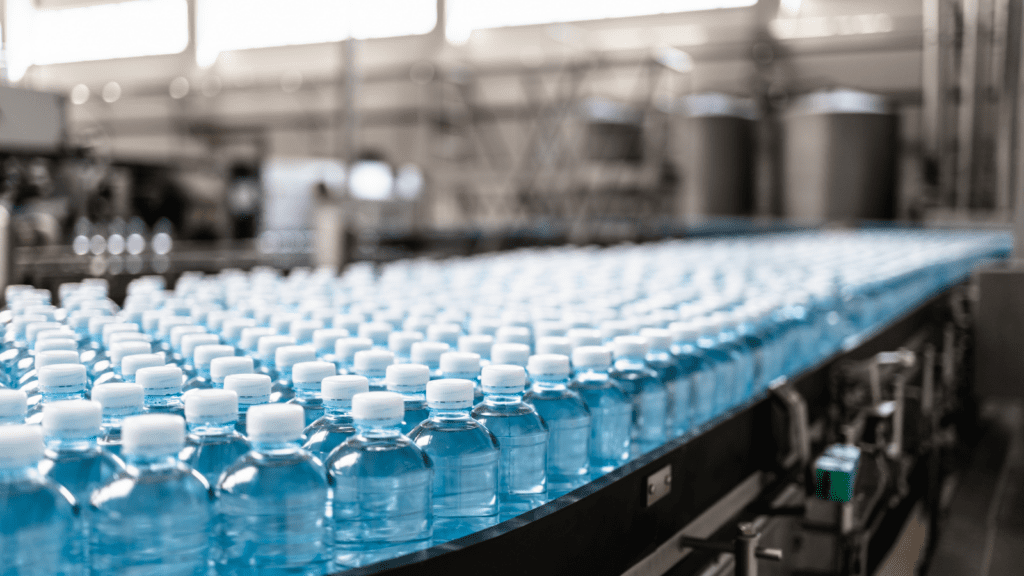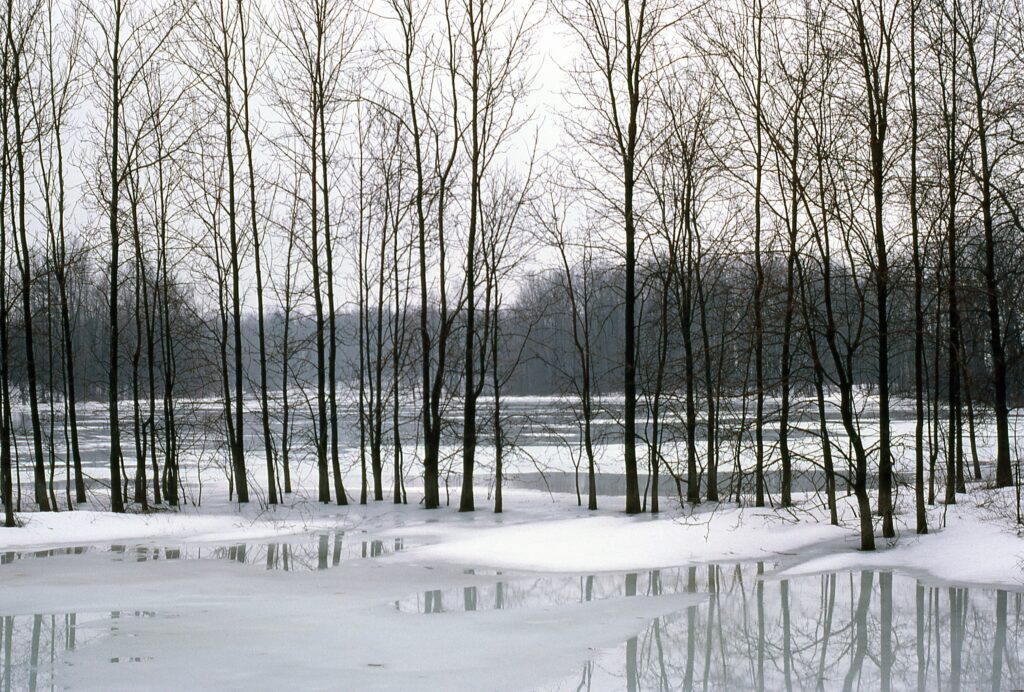For over a decade, Lake Erie has been experiencing annual toxic algal blooms. Algal blooms happen when algae grows out of control, clogging water intake pipes, covering shorelines in slime, and sometimes even producing health-harming toxins. These algal blooms threaten the lake’s ecosystem, the well-being of surrounding communities and wildlife that depend on it.
On June 27, the U.S. National Oceanic and Atmospheric Administration (NOAA) issued its 2024 algae forecast for the lake – and it isn’t good news. Lake Erie is set to experience yet another nasty, toxic algal bloom this summer – nearly a decade after Ontario, Ohio and Michigan agreed to take action to stop these blooms from becoming an annual occurrence.
Scientists and experts at this year’s algal bloom forecast were clear: there is an urgent need for action to address all sources of nutrient pollution on both sides of the border. A changing climate is leading to increased rainfall in the Great Lakes basin, washing even more nutrients off the land and into the water. Once in the lake, these nutrients feed Lake Erie’s slimy green algae monster, instead of the crops they were intended for. To save Lake Erie, we need to drastically reduce nutrients entering the lake.
What causes these harmful blooms?
Though algae are a natural and critical part of aquatic food webs, they can wreak havoc on ecosystems when they grow out of control. Warm temperatures, heavy rainfall, and excessive nutrients can cause algae blooms to grow larger and more severe. Climate models predict that climate change will make these blooms more frequent and intense. A wetter spring and summer will result in more phosphorus runoff from the land and into Lake Erie, making the problem worse.
Sometimes algae produce toxins, making the water unsafe to touch, drink, or even be near. Other times the blooms steal oxygen from the water, leaving little oxygen for the fish and causing them to die. Severe blooms suffocate the lake, creating a “dead zone” due to a lack of oxygen in the water, which can decimate fisheries.
What needs to be done to save Lake Erie?
Canada and Ontario have committed to reducing the amount of phosphorus entering the lake by 40 per cent by 2025. Despite this, neither has provided an update on their progress toward that goal.
The provincial and federal governments must work together to end the overapplication of fertilizers on crops, as well as poor manure management systems on farms raising animals for food. We need governments to recognize the critical role farmers play in maintaining healthy ecosystems and waters, and fund independent crop advisors and cost-share programs to provide government funding to help farmers pay for better equipment, conservation and naturalization projects. Farmers shouldn’t have to choose between their livelihood, or the health of the lake.
We also need updated nutrient management laws that ensure the right fertilizer is applied at the right rate, the right time, in the right place, and in a way that holds growing industrial agricultural sectors (like greenhouses) to account.
Tell the federal and provincial governments to stop delaying and put their plan to work to Save Lake Erie.










